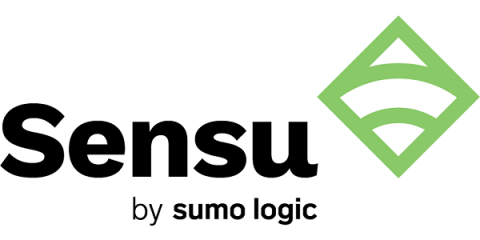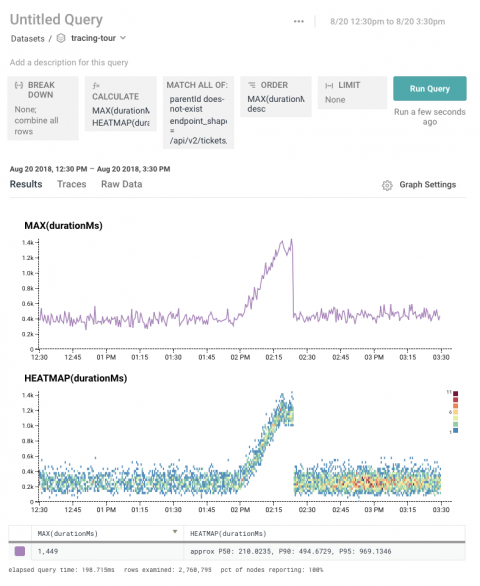Operations | Monitoring | ITSM | DevOps | Cloud
%term
Monitoring Kubernetes and OpenShift with AppDynamics
Kubernetes and OpenShift are powerful and flexible. They’re also complex to setup, monitor and maintain at scale. Here’s a sneak peek into what we monitor in OpenShift, as well as some hard-earned advice on how our strategy might benefit your own environments.
Using AI / ML to Supercharge Continuous Delivery With Harness and PagerDuty
At first glance, applying machine learning to Continuous Delivery might sound a bit like cracking a peanut with a sledgehammer. I mean, how hard can deployment automation actually be? As it turns out, it’s way more complex than we think.
Workflow automation for monitoring: 5 things to know about the Sensu monitoring event pipeline
At Sensu, we define monitoring as "the action of observing and checking the behavior and outputs of a system and its components over time." Essentially, you want to be made aware of a problem before your users are.
See What It's Like to Have It All (In One Place)
Here at the Hive, we know that there’s nothing like getting your hands on something to see what using it to solve a problem is really like. In July, we launched the Gatekeeper tour, which walks you through the process of solving a real outage we experienced, using Honeycomb. That’s why we’re excited to launch a new place for you to play: the Tracing Tour at http://play.honeycomb.io.
Tales of scale, multi-gen infrastructure, & monitoring Kubernetes at Sensu Summit 2018
Sensu Summit 2018 was a two-day extravaganza, with keynotes, workshops, donuts, and all the monitoring love.











